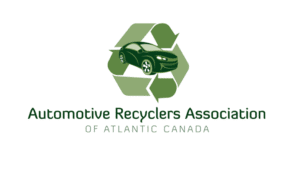Canada’s automotive recycling industry is a robust and vital part of the country’s economy that also provides a number of important environmental benefits. Next time you hear one of our industry’s detractors use the term “junkyard” feel free to remind them that …
1. Canada generates about 1.6 million end-of-life vehicles (ELVs) every single year. About 95 percent of those vehicles are eventually collected for recycling.
2. Using current techniques, 90 percent of a vehicle can be reused or recycled. The remaining 10 percent is shredder residue and goes to landfill as a day cover.
3. Canada’s automotive recycling community stepped up when they were needed. Mercury switches aren’t used in modern autos, but they can still be found in some ELVs. To date, the auto recycling industry has collected close to two million mercury switches through the Switch Out program. That’s more than a metric tonne of mercury!
4. There are many things that separate a professional automotive recycling operation from a junkyard, but being a member of an association is definitely a good sign. The Automotive Recyclers of Canada includes seven different regional professional associations, with a total of 380 members! Each of these operations is required to meet certain environmental standards under the Canadian Automotive Recyclers Environmental Code (CAREC).
5. Auto recycling saves on energy! Let’s take a quick look at one common example: steel. Steel has to be mined as iron ore, smelted and refined to produce usable steel for commercial purposes. Recycling steel saves about 642 Kwh of energy per tonne, as compared to mining it. The average compact car contains about 840 kg of steel. Multiple this by the number of cars recycled in Canada every year, and we find that it’s equal to about 1,500,000 tonnes of steel. This translates to an energy savings of 900,000,000 Kwh per year! Impressive, but it’s actually even more than that. Much of a car’s weight is in reusable parts, which have much higher energy costs to manufacture than raw steel does. By removing and reusing these parts, Canada’s auto recyclers are saving even more energy!























